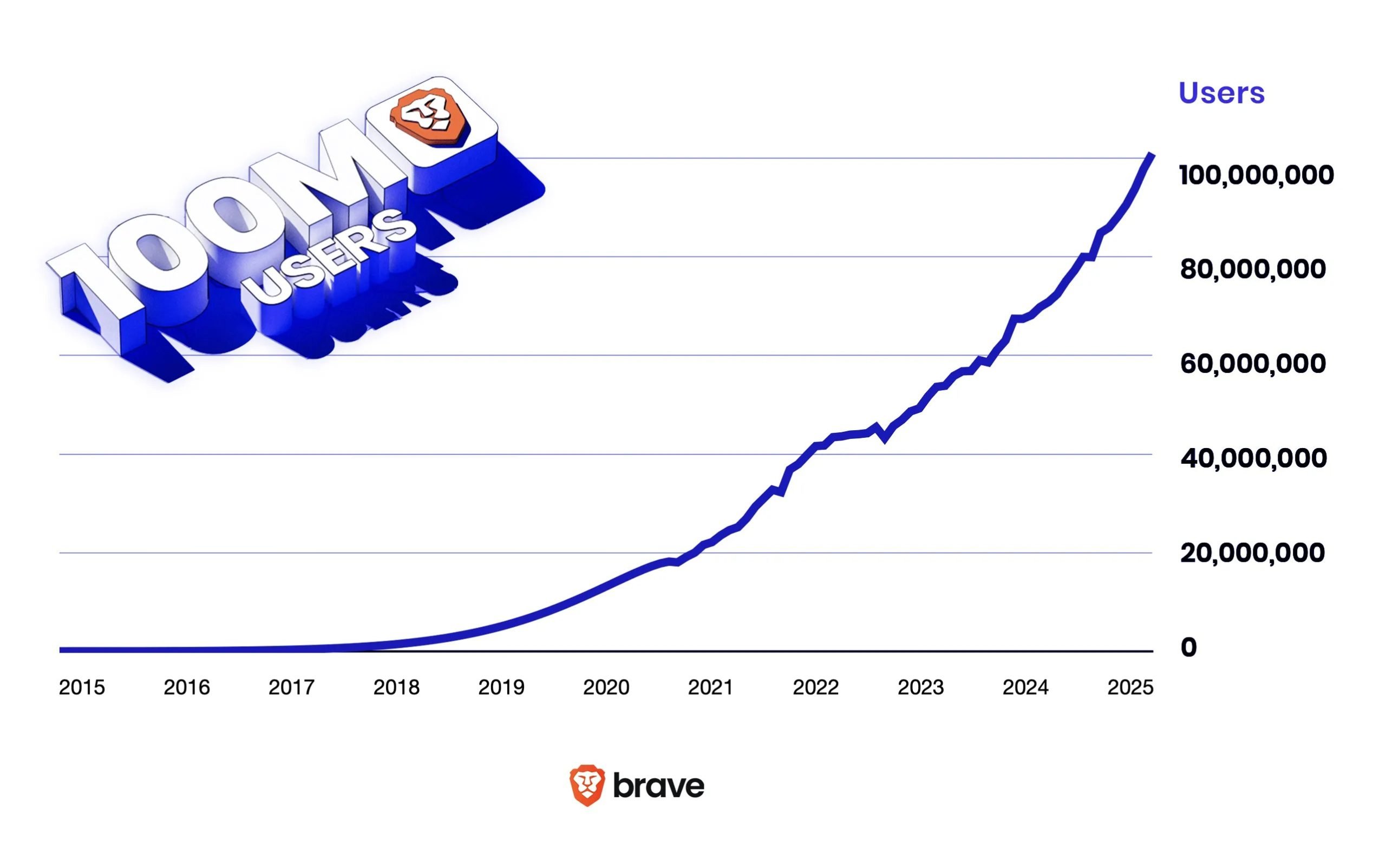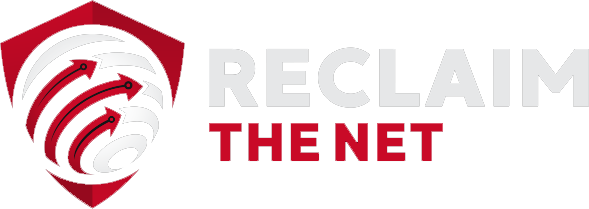The privacy-focused Brave browser has reached a major benchmark, announcing it now serves over 100 million people each month across both desktop and mobile platforms.
Founder and CEO Brendan Eich framed the achievement as a shift in user values: “100 million users represent more than a growth milestone, they constitute a movement for a better Web that puts users first,” he stated.
“Across the globe, users are choosing privacy and control over their online experience, instead of Big Tech’s tracking and abuse. Every product we’ve launched since our browser—our search engine, our premium products, our ad platform—has been built with privacy protections. As we expand our AI offerings, we will continue to design for privacy-by-default, which will fuel our next wave of growth.”
Brave’s browser has carved out a loyal user base by offering strong privacy features without compromising compatibility at a time when privacy is under growing threats.
Built on the Chromium engine, it runs the same sites and apps as Chrome but does so while shielding users from invasive tracking.
Over the past two years, Brave has seen steady momentum, gaining around 2.5 million new users monthly.

In addition to crossing the 100 million monthly active user threshold, the company now records 42 million people using the browser daily.
According to Brave, this level of adoption reflects a larger appetite for tools that operate outside the surveillance-driven models of the dominant tech companies.
“This growth has been fueled by a global awareness that Brave is an alternative to Big Tech and that users benefit greatly from a browser that preserves their privacy and is up to 3 times faster than competitors,” the company stated.
When Apple rolled out the browser choice screen on iOS in the EU earlier this year, part of compliance with the Digital Markets Act, Brave saw its daily installs increase.
Beyond the browser, Brave has built an ecosystem centered on privacy. Its search engine, Brave Search, is one of the few truly independent options available in the Western market.
Unlike other engines tied to advertising giants, Brave Search processes about 1.6 billion user queries each month, roughly 20 billion annually, and delivers more than 15 million AI-powered answers daily.
That AI functionality is expanding. Brave is preparing a new version of its Leo assistant that will include what it calls an “agentic experience.”
According to the company, this will be delivered through a locked-down browser profile that prevents the AI from accessing private data in other tabs or windows.
“As a privacy company, we pride ourselves on adhering to a stronger variation of Google’s old (and since abandoned) mantra,” the company said.
“When we say ‘Can’t be evil,’ we mean we don’t have access to personal user data in the first place.”
Brave has also made its Privacy Preserving Product Analytics (P3A) tool publicly accessible, allowing anyone to examine how it handles analytics without compromising user privacy.










